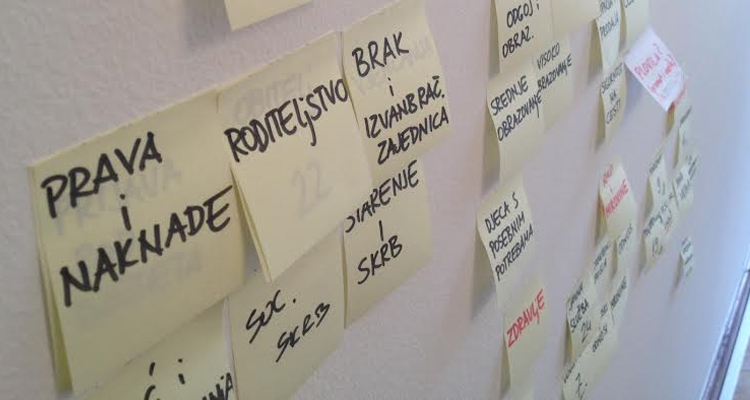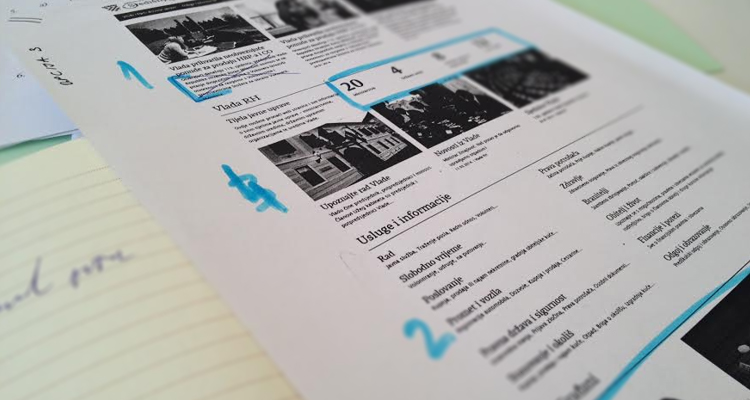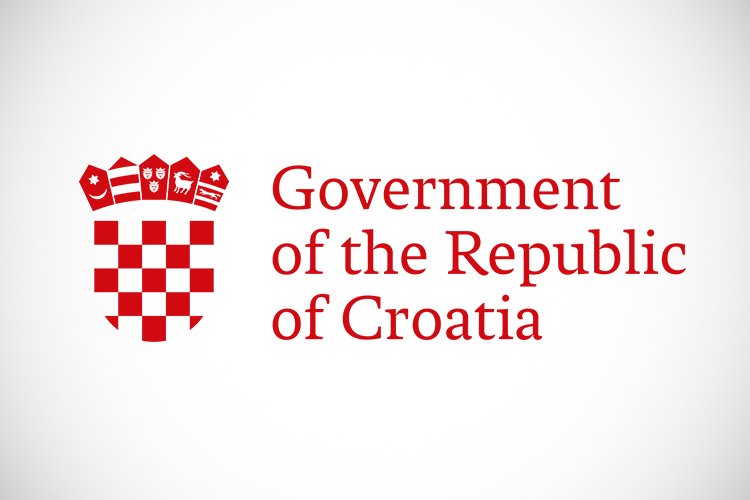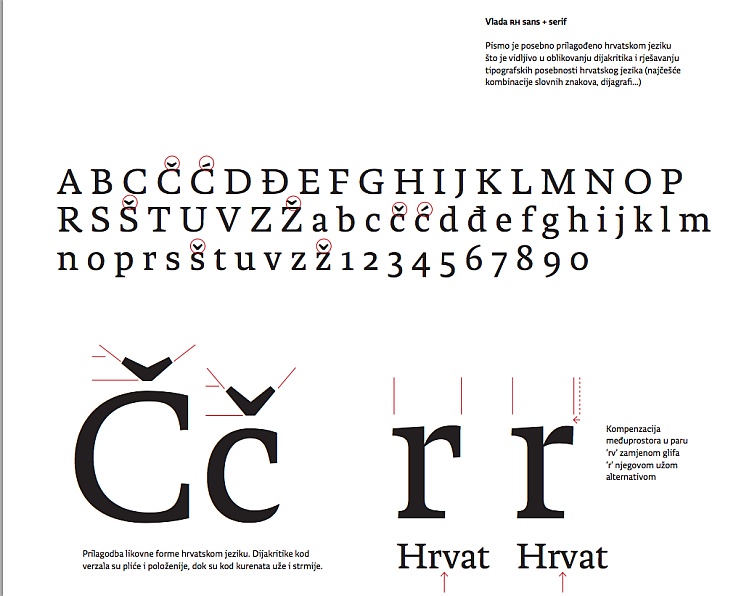Central Government Portal - Gov.hr
In order to facilitate access to information provided by the Government, a central, informative site has been created - the Central Government Portal. The aim is to present the structure, function and role of all public authorities in one place, unambiguously, simply and in a modern manner.
All information in one place
Citizens have been given a central internet location for simple access to all information from public administration, and they can now search for information on public services and/or follow political activities in one place. Currently, more than 350 items of information are available, and that figure will grow with time. Citizens can now, for instance, much more simply find information on changing their personal documents or enrolment in high school. It is possible to search for information using key words, by type or topic.
This marks the end of searching for documents "buried" deep in the structure of internet sites, most often of the wrong public institution. Citizens no longer have to be acquainted with the structure of administration and all the competences of individual institutions in order to find the information they need, because this should be clear and easily accessible to everyone. It is important to point out that the current site and the experience of users are subject to change, because the aim is to find the best way of presenting information. Please tell us what you think!

User mailbox for direct communication
Central Government Portal includes the Ministry of Administration project e-Citizens. This is a system that enables access to electronic services provided by public administration using a unique electronic ID. Citizens can now, in a secure way and with just a few clicks, change their doctor or obtain an extract from the REGOS register, parents can have access to their children's school grades through the e-Dnevnik, or review their tax account files.
Public information is published online, personalised e-services are provided and personal official messages are sent to users related to public services, procedures and their personal status. So, for example, citizens are able to receive notifications from the Ministry of the Interior that their personal ID card or passport is about to expire, along with an invitation to extend them. Find out how to become an e-Citizen (e-Građanin) and start using these services by registering your own user mailbox on pretinac.gov.hr!
Savings of HRK 1.9 million!
By bringing the websites of the Government, Government Offices, state offices, ministries and certain administrative organisations under a single system, savings will be made in creating and maintaining internet sites. Every year an average of HRK 2.1 million is spent on maintaining the websites of the Government and public authorities. The procurement cost in creating this system amounts to only HRK 218,000. Therefore, by uniting all the sites, which is the end goal, HRK 1.9 million will be saved! Since the Government of the Republic of Croatia is to be the owner of the software, separate software solutions for managing the content are no longer necessary.

The software, like the Central Government Portal, is kept by the Information Systems and Information Technologies Support Agency, APIS IT, and when the project is complete, free access to the software will be ensured and its source code will be published. In this way, public authorities will no longer have to pay for services to access their own websites, so the state administration alone expects savings of up to HRK 2 million a year.
Central Government Portal – an internationally recognised starting point
For the domains of the government and government-related institutions and public services, many countries use the recognisable abbreviation "gov" (abbreviation of ‘government’). For example, Australia - australia.gov.au, the United Kingdom - gov.uk, Singapore - gov.sg, Montenegro - gov.me, the Republic of Serbia - srbija.gov.rs, the Republic of Slovenia - gov.si. The choice of a simple internet address is part of the effort to create a central location for all information. This does not mean that the domain www.vlada.hr will no longer exist, but it will become an alias for the domain, and Croatia will be given an internationally recognised internet starting point. The aim is to create an online service to suit the habits and needs of citizens, and in the long term it will become the recognisable public face of the Government of the RC.
The visual identity of the Government of the Republic of Croatia
With the publication of the new Central Government Portal, the Government of the Republic of Croatia is also presenting its new visual identity. The basis and source of this identity are an interpretation of the Croatian coat-of-arms. State coats-of-arms have historical value and justification, especially for nations with a long and strong tradition of a monarchic system.

Although such symbols, coats-of-arms and flags are part of the key historical moments in the creation of a state and become part of the essential identity and emotional heritage of a nation, in contemporary and especially media communication they are quite impractical, and at that level they are not even used, but only as a symbolic basis for creating functional visual solutions.
In the creation of the visual identity of the Government of the Republic of Croatia, a graphically simplified and clearly defined version of the coat-of-arms of the Republic of Croatia was formed. In this way, room was made for the functional design of a unified visual identity, and for the visual standardisation of all state institutions that seek to be included under the same visual national umbrella, in line with the needs of contemporary communications.
Alongside the visual and functional modification of the coat-of-arms, the Government’s identity has also been enriched with the creation of a new font: - “Vlada RH” (the Government of the RC). In the creation of this font, particular attention was paid to the specific character of the Croatian language and script, that is, an effort was made to bring the artistic form of the language closer to the written form of the language, especially using the diacritical marks and bicameral letters.

In the use of this font, which is aligned with the Croatian language and script, the use of the most frequent fonts (Times New Roman and Arial) was abandoned, because they are not appropriate for the specific features of the Croatian language.
By creating and using a unified and standardised visual identity, Croatia has finally joined the large group of European countries which have unified and aligned their appearance with contemporary needs and thereby achieved even greater recognition and continuity of state institutions and authorities.
.jpg?width=750&height=500&mode=crop)